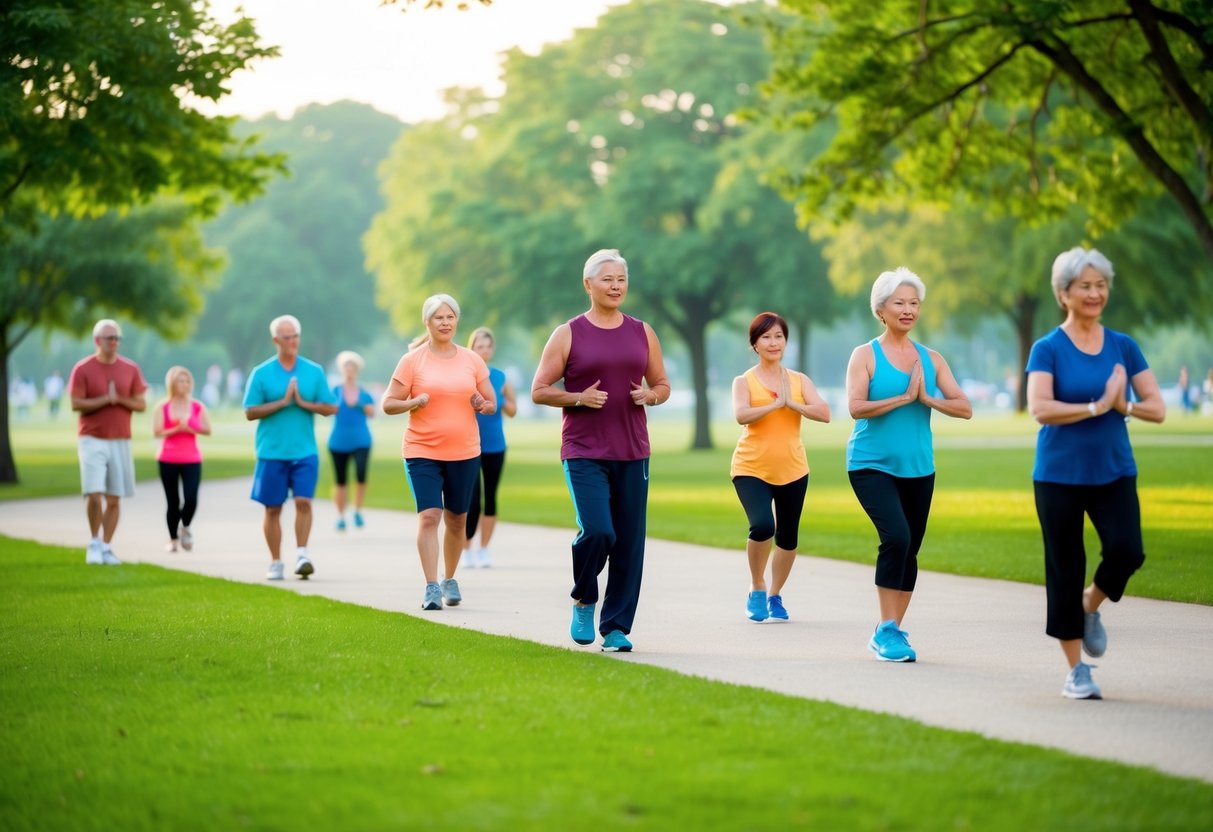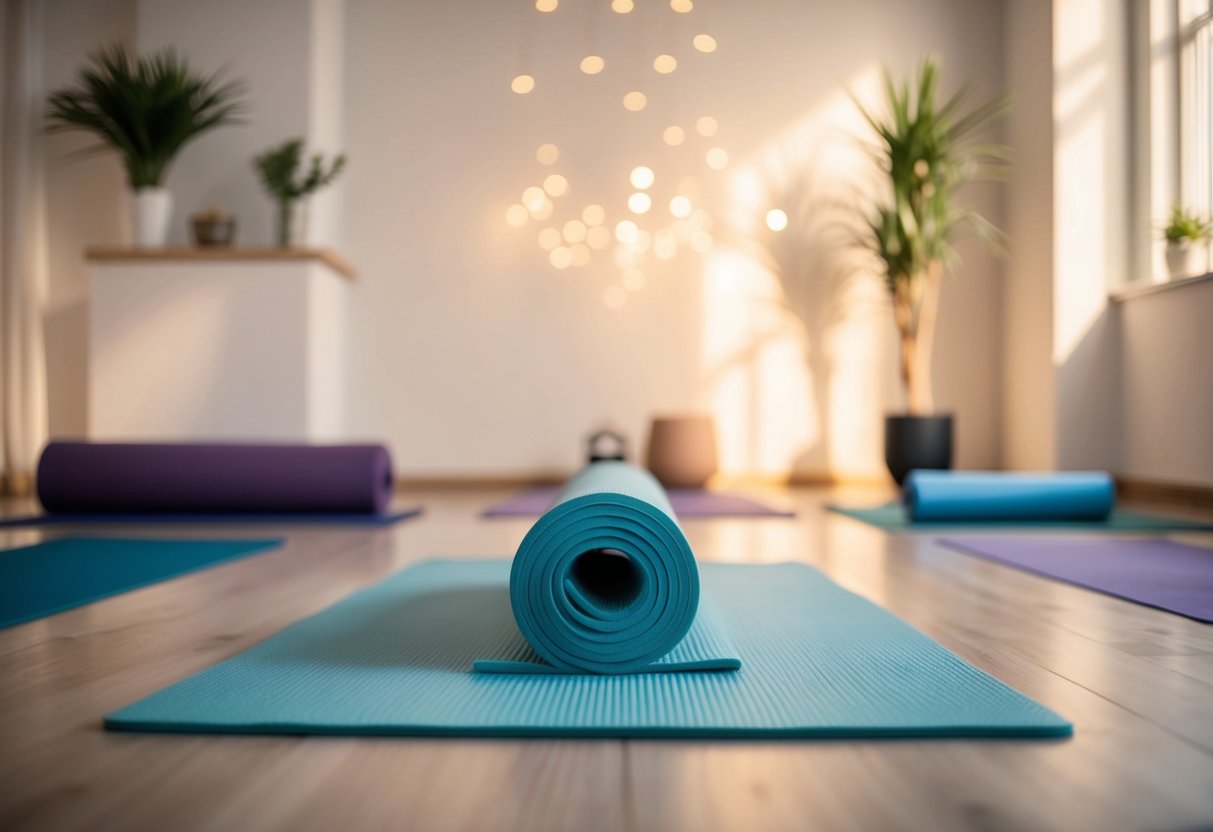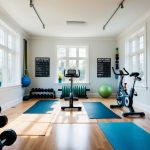
Low-Impact Workouts for Recovery and Pain Relief

Low-impact exercises can be highly beneficial for individuals experiencing joint pain or those in recovery. These routines focus on easing movement while improving flexibility and strength.
Incorporating Gentle Yoga and Tai Chi
Gentle yoga provides numerous benefits for those seeking pain relief and recovery. Through slow, deliberate movements and poses, it offers a way to stretch muscles and improve flexibility. This type of exercise can reduce stress on joints, promoting relaxation and reducing discomfort.
Tai Chi, characterized by its smooth and flowing movements, also supports joint health. It improves balance and enhances muscle strength without putting undue stress on the body. Practicing Tai Chi can increase circulation, further aiding the healing process.
Both gentle yoga and Tai Chi can be excellent choices for individuals at various fitness levels, providing a calm, focused way to incorporate movement into daily routines. These activities serve to bridge the gap between rest and more intense workouts.
Tailoring Workouts for Recovery
Adjusting a fitness routine is crucial for effective recovery. Low-impact activities should be selected based on individual needs and abilities. Short, frequent sessions may be more beneficial than intense, lengthy workouts.
Strength exercises like resistance bands can help maintain muscle mass without over-stressing the body. Incorporating stretching can aid in improving flexibility and alleviating stiffness. Paying attention to the body’s signals is essential, and modifications can be made as necessary.
Recovery-focused low-impact workouts keep engagement with exercise without risking further injury. Through careful attention to technique and intensity, these routines can provide both physical and mental healing benefits.
Building Endurance and Cardiovascular Health
Engaging in low-impact exercises can significantly enhance endurance and improve cardiovascular health. It’s vital to focus on sustaining a steady heart rate and choosing appropriate cardio exercises to maximize benefits.
Sustaining a Steady Heart Rate
To build endurance, it’s crucial to maintain a consistent heart rate during workouts. This can be achieved through activities like brisk walking, cycling, or swimming. Using a heart rate monitor can help individuals track their progress and ensure they remain in the target heart rate zone. This approach aids in increasing stamina without putting excessive strain on the body. Exercising at a steady heart rate supports aerobic capacity, allowing for longer duration workouts and improved overall cardiovascular efficiency. By regularly practicing this, one can expect gradual improvements in endurance levels.
Choosing the Right Cardio Exercises
Selecting the right cardio exercises is essential for cardiovascular health. Low-impact exercises such as rowing, elliptical training, and aqua aerobics provide effective cardio workouts without undue stress on joints. These activities not only enhance heart health but also contribute to increased lung capacity and better oxygen utilization. It’s important to vary exercises to prevent monotony and target different muscle groups. Incorporating these workouts regularly promotes sustained energy levels and a stronger heart. Additionally, the variety ensures comprehensive cardiovascular benefits while keeping the exercise routine engaging and enjoyable.
Enhancing Flexibility and Core Strength
Flexibility and core strength serve as the foundation for a balanced fitness routine, supporting overall physical health and performance. Pilates and yoga focus on building core stability and improving flexibility, offering accessible options for individuals across various fitness levels.
Pilates for Core Strength
Pilates targets core strength by engaging the deep abdominal muscles, including the transverse abdominis and the obliques. This exercise form utilizes controlled movements and specific breathing techniques to enhance balance and stability. Regular practice helps individuals strengthen their core, improving posture and alleviating lower back pain.
In Pilates, exercises such as the “Hundred” or the “Plank” are fundamental in developing a strong core. These movements require concentration and precision, which cultivate both physical strength and mental focus. The low-impact nature of Pilates means it’s accessible to people with differing fitness capabilities, making it ideal for both beginners and advanced practitioners.



